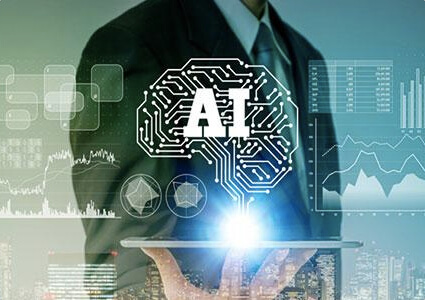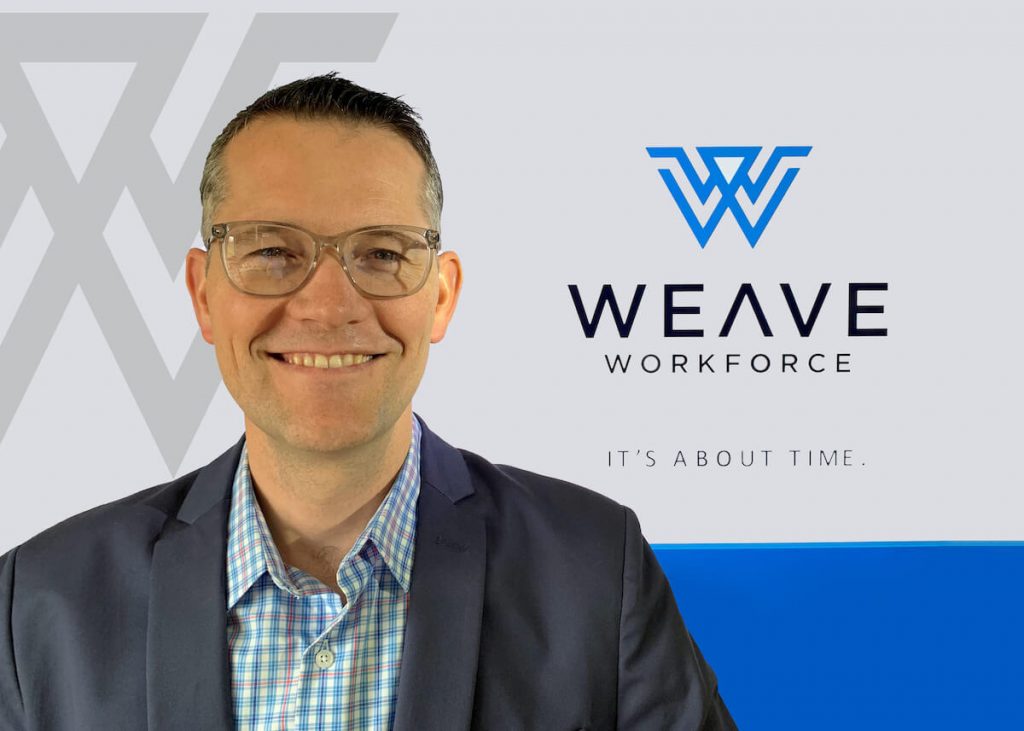A brand contributor piece published on Forbes.com last year during the early part of the global COVID-19 pandemic shared some of today’s many opportunities of putting data to work for businesses. Titled “How The World Became Data-Driven, And What’s Next” and written by one of the brightest minds in the field of data analytics, Debanjan Saha, VP and GM of Data Analytics for Google Cloud products, the article details how much data is collected each year and how it shapes our world today, from inventions to literal survival. Saha states that “To stay viable and thrive in this rapidly changing environment, businesses need to be good at anticipating what’s next and reacting in real time. For example, with changing consumer demand patterns, retailers need to make their inventory management, supply chain infrastructure, delivery mechanisms, and customer experiences much more data-driven and dynamic.”
While this hypothesis may be an obvious one, it is understandable that for many businesses the challenge lies in accurately “anticipating what’s next” – and then being able to implement real-time adjustments. I think we can all agree that this type of prediction goes beyond any human capability. Sure, an experienced manager is able to forecast demand for some days, particularly when it comes to distinguishing weekday shifts from weekend shifts or holiday seasons from post-holiday seasons. But what about factors like weather and economic conditions? Or a global pandemic?? And how to tie any or all of these into one or more of a business’ own data set, like sales figures? As Saha clearly explains, analytic technologies are a key component in this quest.
Applying (Artificial) Intelligence
So how does one actually make its business operations “data-driven and dynamic”? As daunting as big words like “artificial intelligence”, “algorithm”, and “predictive modeling” may seem, their application is less intimidating than one would think.
For example, if you are looking to predict upcoming customer demand in order to schedule your workforce accordingly, it all comes down to collecting the data sets relevant for your particular business. For this, you will want to choose a workforce management software from a company with a robust, support-oriented data science team that will work with you to identify your individual parameters. Once the data sets have been defined and initial data collected, the data scientists will use applied artificial intelligence to create algorithms based on those important factors for your business. This should always include internal and external data. Because all of your internal data will be historical, it is important to take external factors into consideration that are current, or sometimes even future-based (like weather), to generate a balanced model. When the data scientists have calibrated the models, you have a fully-functioning product that is tailored to your individual business parameters. That in itself is quite a technological advancement and should outweigh the cost over any off-the-shelf scheduling software.
While there are typically up-front costs to define your sets and conduct the actual modeling, once everything is set up and running, the recurring monthly costs in a subscription-based model are generally quite low. Therefore, long-term costs really should not be a prohibitive factor for any business considering a workforce management software to predict and schedule future demand.
Weaving it All Together
Once implemented, the longer you continue to use the algorithm, the more data is collected and the more accurate the prediction model will become. Just like a human employee gets better over time with increased experience. What’s more, a highly-developed product, like Foresight from Weave Workforce, will not only include multiple sets of internal and external data, but will allow managers to make manual adjustments to the proposed schedules if deemed appropriate. Not only will this contribute to the further refinement of the algorithm, but sometimes, thankfully, humans still know best. So no matter how simple or complicated, large or small your business and team structure, at Weave Workforce, we always keep the human in charge.
Author: Daniela Kister
Daniela is responsible for marketing and design at Weave Workforce, a workforce optimization company providing AI-based forecasting and scheduling to match the fluctuating demand of service-oriented businesses. Having worked in automotive, consumer goods, education, healthcare, and not-for-profit management on three different continents, Daniela is passionate about time management and its benefits on business revenue and work-life balance.



